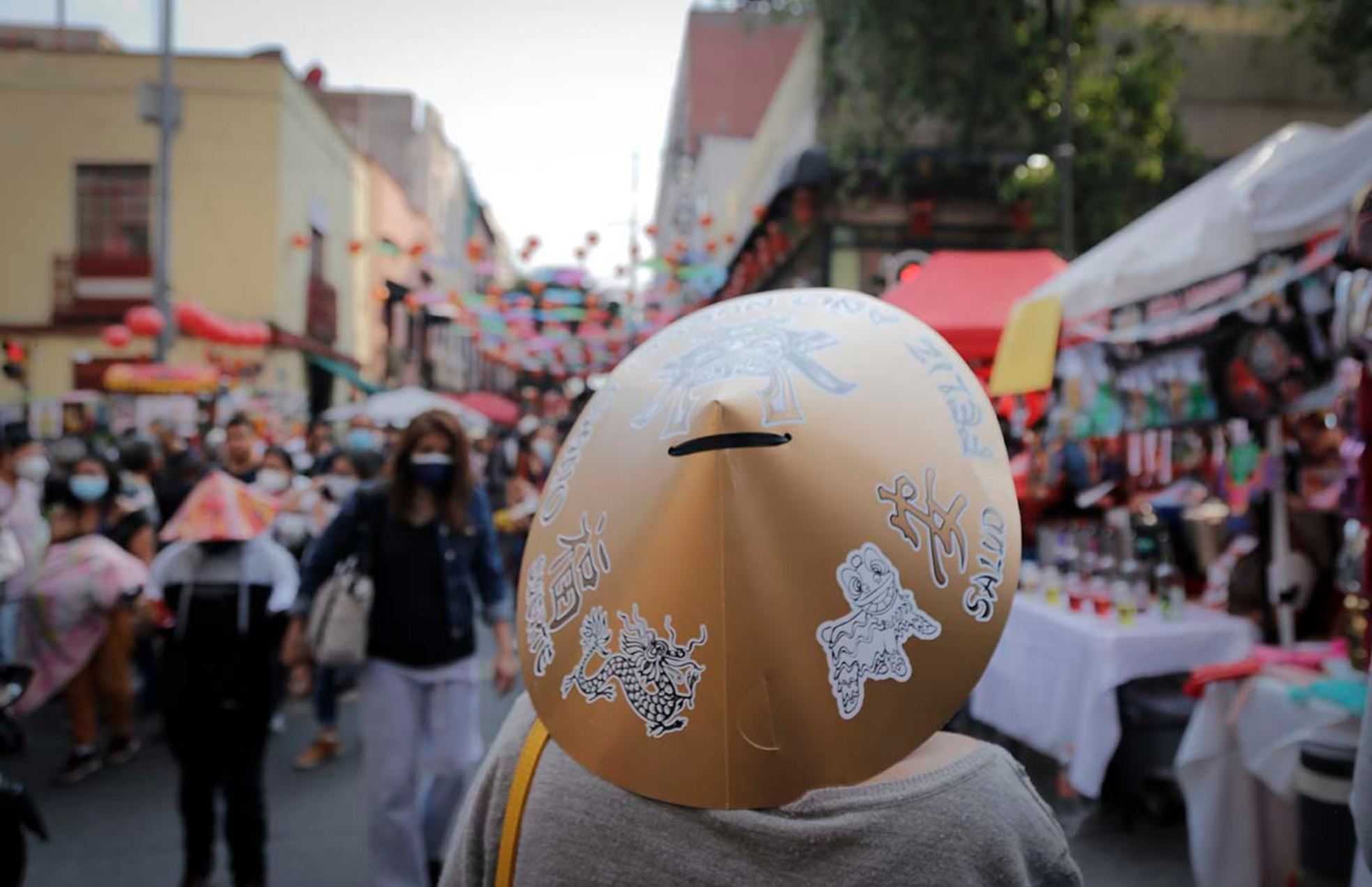In recent years, Beijing has made great efforts to bring its model of modernist developmentalism and total connectivity to the whole world, both in convincing facts and in ideational rhetoric. The United States and other Western countries feel threatened by the facts and also by the accompanying ideas, while in the global South there is a greater welcome. Chinese government spokespersons have raised their voices and sometimes managed to offend (a custom previously the preserve of Western empires), but these diplomats with the new moniker of “wolf warrior” are not the same in Latin America, for example. I set out to explore, therefore, who are the messengers, and why is the same message perceived so differently?
For decades, Washington had the most extensive diplomatic network in the world. This situation made it easier for them to insert themselves into local debates and keep their message on the front pages throughout the world. However, during the administration of President Donald Trump, the extent of their permanent missions declined, along with the winning spirit of their representatives and their ability to influence, and they have not recovered under President Joe Biden.
The dynamics of influencing global affairs have changed: according to a recent study, the People’s Republic of China now leads the field numerically with 276 diplomatic posts worldwide. In addition, the number of staff at each embassy has increased, the average age of those in charge has decreased, and professional training and internal knowledge transfer are being strengthened.
This evolution is due to Beijing’s recognition of China’s rise as a main character, along with the growing presence of its corporations and citizens around the world, which places new demands on its diplomatic corps. The role and capabilities of Chinese diplomats as representatives, communicators, and negotiators on behalf of their government are increasingly put to the test, in many cases, before less and less benevolent foreign public and governments. Consequently, the government has sought to restructure and strengthen its foreign service in multiple ways.
Latin America is an instructive example for this trend and its continuing challenges. As the farthest frontier in the 走出去 (going outside) strategy, it came late to benefit from exponential growth in trade, a rapid increase in mergers and acquisitions by Chinese companies, in million-dollar loans, and in a range of cultural, educational, and scientific exchanges. Official visits by top Chinese leaders to the region increased to become an almost annual event between 2008 and 2019, and high-level multilateral cooperation forums began to flourish. This multidimensional trend has been supported by a growing and increasingly versatile diplomatic corps on the ground, which has gained greater visibility in the process.
Tracking the careers and movements of Chinese diplomats in Latin America since 1990, I was able to identify trajectories and patterns that illuminate a Beijing-led strategy focused on achieving national and international objectives. By tracing the profiles of its emissaries in the region, a picture emerges of a varied and increasingly refined diplomatic strategy. It becomes clear that Chinese diplomats (despite their internal hierarchies) have embraced “network diplomacy” and have sought to improve their cross-cultural communication. The strategic development of China and its diplomatic corps in Latin America suggests that it has nurtured diplomats with the suitable character and skills. Led by its Ministry of Foreign Affairs, the Beijing government has created a large and diverse corps of diplomats with regional experience and global cleverness. It aims at ensuring that China can pursue its national and international objectives and actively participate in global and local conversations.
By examining the profiles and careers of individual Chinese diplomats in the region, it is possible to better characterize and enable greater understanding of a much broader system. Several of the envoys leading China’s diplomatic efforts in Latin America are individuals whose approach offers a counterbalance to the assertive tone of a few of their peers dubbed “wolf warrior”: the assertive approach of the latter group is an exception to the rule, and is largely absent from China’s strategy in Latin America.
The main objective of Beijing’s envoys to the region has apparently been to build goodwill through increased visibility and accessibility, and to ensure a favorable environment in which China’s trade and investment objectives can grow.
*This text was originally published on the Redcaem website.
Translated from Spanish by Camille Henry











